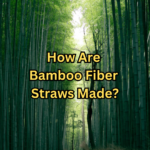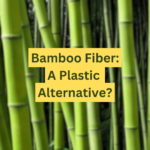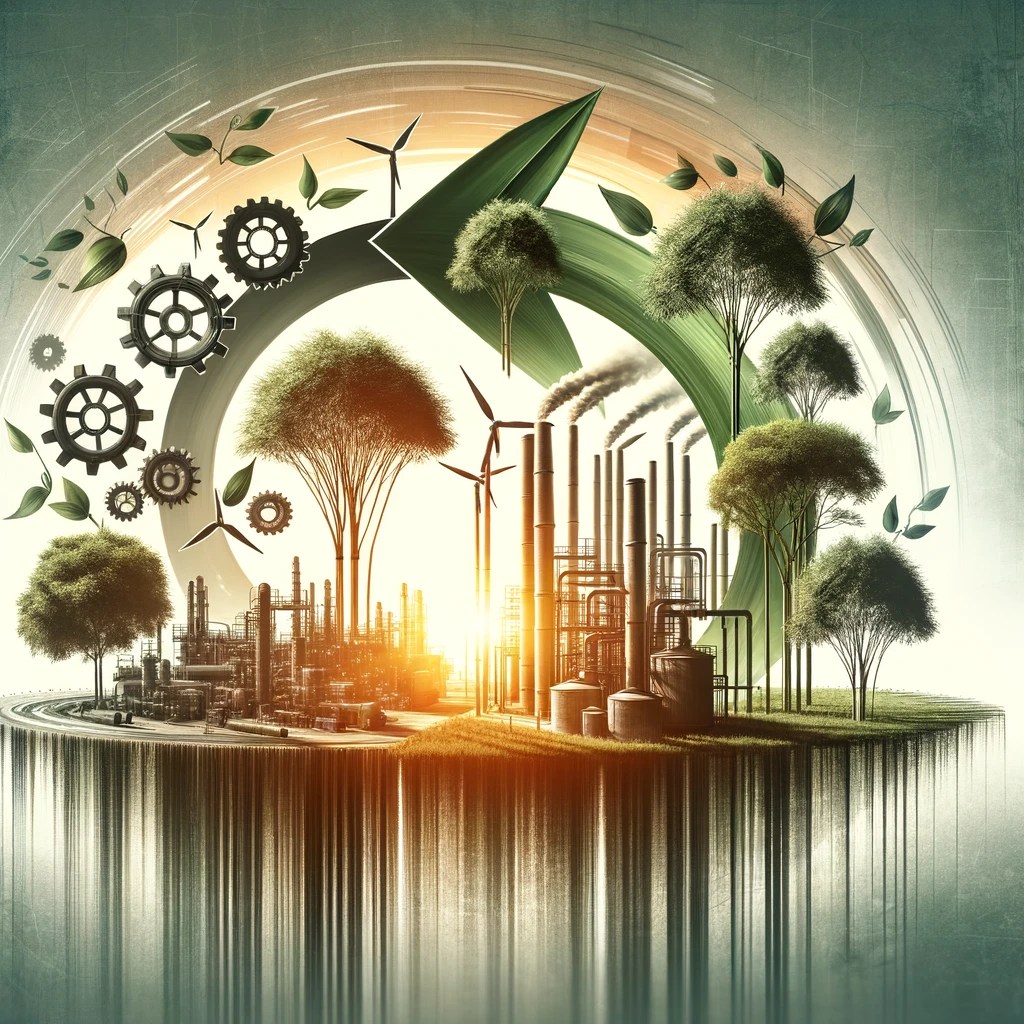
Summary:
- Bamboo’s Lifecycle Unveiled: Discover bamboo’s rapid growth and renewable nature, making it a super-star in the eco-products world, and understand its versatile journey from a sprout in the soil to various sustainable products.
- Behind the Green Veil: Explore the realities of bamboo production, including the energy and chemicals involved in its transformation into products, and learn about the ecological implications at the end of its life cycle.
- Scrutinizing Sustainability: Dive into how bamboo acts as a carbon sink, its innovative applications in product design, and the importance of responsible sourcing and disposal to ensure its sustainability.
- Smart Consumer Choices: Gain insights into identifying truly sustainable bamboo products, learn best practices for eco-conscious purchasing, and stay informed about the latest trends and innovations in the bamboo industry.
Bamboo: The Green Dynamo
Growth and Renewability: The Speed of Bamboo
Bamboo isn’t just another plant; it’s a record-breaking speedster in the plant kingdom. Imagine a grass that can grow almost a meter in just one day! That’s bamboo for you. Due to its rapid growth rate, bamboo is an incredible renewable resource. It reaches maturity in three to five years, far quicker than hardwood trees, which can take decades. This speedy cycle means bamboo can be harvested frequently without damaging the ecosystem, continuously replenishing itself and providing a sustainable material for us to use.
Bamboo in Everyday Life: From Sprout to Product
Walk into any eco-conscious store, and you’ll see bamboo has taken over. It’s in your toothbrush, your clothes, and even in the structure of eco-homes (wow!). But how does it get from a sprout in an Asian forest to the product in your hand? It starts with careful cultivation, where bamboo is grown without pesticides or chemicals, relying on its natural hardiness. Harvested bamboo is then processed and transformed into fibers for cloth, pulped for paper, or pressed into sturdy boards. Each step is a testament to bamboo’s versatility, transforming the humble grass into products that are durable, stylish, and most importantly, sustainable.
Through these facets of bamboo’s life, from its swift growth to its transformation into everyday products, we see why it’s called the “Green Dynamo.” It’s a testament to what we can achieve when we align our needs with the planet’s health. So next time you pick up a bamboo product, remember the journey it’s been on — a journey of growth, renewal, and sustainable living.
Unmasking Bamboo Production: Behind the Green Veil
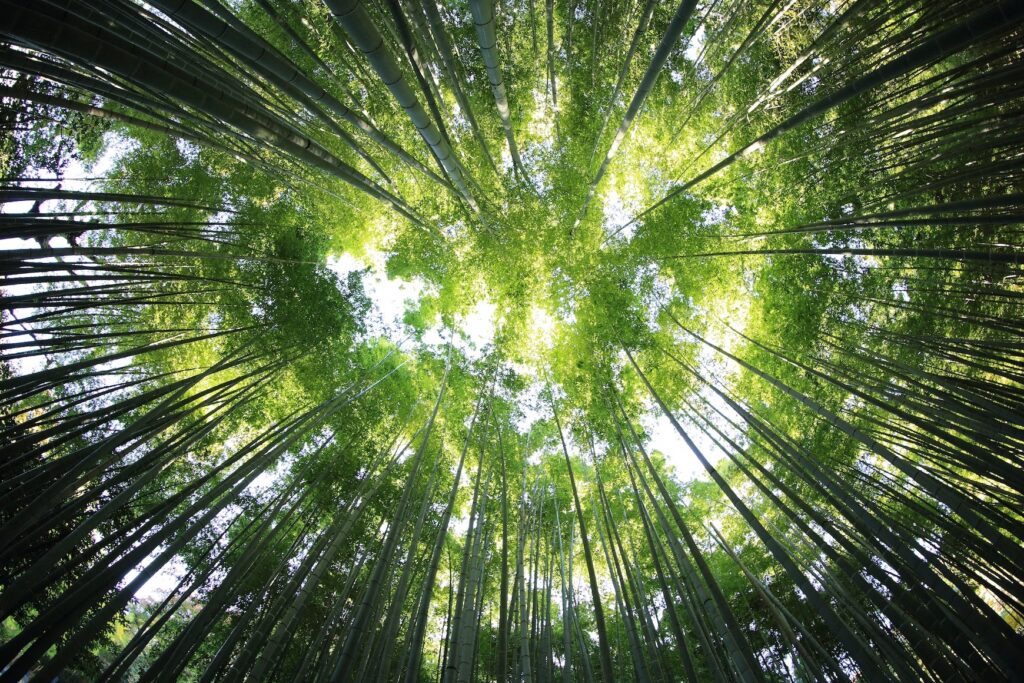
The Manufacturing Journey: Energy, Inputs, and Processes
Let’s pull back the curtain on how bamboo products are really made. It starts with harvesting, where the bamboo is cut down and transported to mills. This stage requires energy—fuel for machines and vehicles, which already adds to its carbon footprint. Then, transforming raw bamboo into silky soft fabrics or sturdy furniture involves mechanical and chemical processes. Machines are used to crush the bamboo, and then natural enzymes break it down into a mushy mass that can be spun into fiber. This process is energy-intensive and sometimes not as green as you might think. It’s essential to look for brands that use responsible manufacturing practices to minimize their environmental impact.
The Truth About Chemicals and Bamboo Processing
Bamboo’s journey from plant to product isn’t as pure as you might imagine. To turn bamboo into the soft fabric we love, it often undergoes a chemical transformation. The most common method, the viscose process, involves dissolving bamboo pulp in chemicals like sodium hydroxide and sulfuric acid to create a viscous solution that can be spun into fibers. While some of these chemicals can be recaptured and reused, there’s potential for environmental harm if they’re mishandled. It’s crucial to be aware of these processes, so we can demand better, more eco-friendly methods from manufacturers.
End-of-Life Realities: Decomposition and Waste Management
What happens to bamboo products at the end of their life? Ideally, they should return to the earth, decomposing without a trace. However, the reality isn’t always so straightforward. The biodegradability of bamboo depends heavily on how it’s processed. Pure, untreated bamboo can decompose relatively quickly and completely. But once it’s been chemically altered or mixed with other materials, its ability to break down can be significantly reduced. This means that not all bamboo products are created equal in the eyes of Mother Nature. As consumers, it’s our job to seek out products that have a clear, eco-friendly end-of-life pathway, ensuring that our green choices today don’t turn into tomorrow’s waste problem.
The True Impact of Bamboo: Scrutinizing Sustainability
Bamboo as a Carbon Sink: Environmental Benefits
Bamboo isn’t just a plant; it’s a champion of the environment, acting as a powerful carbon sink. Here’s the scoop: bamboo forests can absorb up to 12 tons of carbon dioxide per hectare, making them a formidable ally against climate change. They rapidly convert CO2 into oxygen, providing us with cleaner air. But that’s not all; their strong root systems prevent erosion and help retain water in the soil, making the land more resilient. This isn’t just good news for the environment; it’s a win for local communities who rely on healthy ecosystems for their livelihoods.
Versatility and Innovation in Bamboo Product Design
From silky fabrics to sturdy building materials, bamboo’s flexibility has sparked a revolution in product design. Innovators are turning this wonder plant into everything from bike frames to computer keyboards, pushing the boundaries of what’s possible. The secret lies in bamboo’s natural strength and flexibility, making it a preferred material for a wide range of products. However, the true sustainability of these innovations hinges on the processes used to transform the raw bamboo into final products.
Sourcing and Disposal: Ensuring Sustainability from Start to Finish
The sustainability story of bamboo doesn’t end with its eco-friendly attributes; it extends to how it’s sourced and eventually disposed of. Responsible sourcing ensures that bamboo is harvested sustainably, without depleting natural forests or harming local biodiversity. Look for certifications that guarantee the bamboo was grown and harvested ethically. And when it’s time to say goodbye to your bamboo product, consider its end-of-life options. Is it biodegradable or recyclable? Understanding the disposal process helps prevent your eco-friendly choice from ending up in a landfill, undermining its green credentials. By demanding transparency and responsible practices from start to finish, we can leverage bamboo’s potential to the fullest, ensuring that its impact is genuinely sustainable.
Making Smart Choices: Navigating the Bamboo Maze
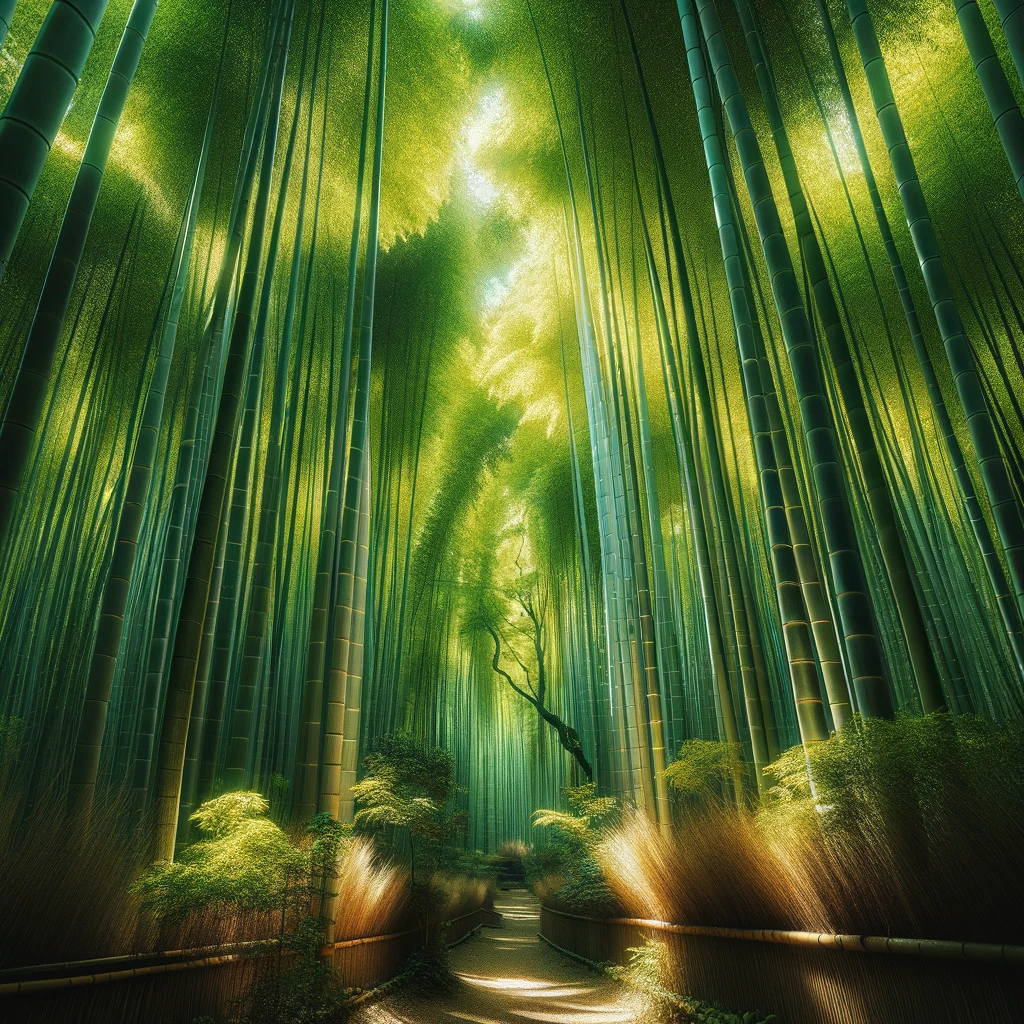
Identifying Truly Sustainable Bamboo Products
Navigating the bamboo product market can feel like walking through a maze. Not all bamboo products are created equal, and the key is knowing how to identify the truly sustainable ones. Look for products with certifications from reputable organizations that verify sustainable growing practices, ethical harvesting, and responsible manufacturing. These certifications ensure that the product you’re buying meets strict environmental and social standards. Also, consider the product’s lifecycle: from how it’s made to how it will be disposed of. The most sustainable bamboo products are those that are thoughtfully designed to have minimal impact on the planet throughout their entire lifecycle.
Best Practices for Consumers: What to Look for and Avoid
As a savvy consumer, there are several things you should look for and avoid when shopping for bamboo products. First, do your homework on the company’s sustainability claims. Are they transparent about their manufacturing processes and supply chain? Avoid products that lack clear information about their origin or those that seem too good to be true. Opt for products that use minimal chemicals in the processing and are crafted to last longer, reducing the need for frequent replacements. And remember, the most eco-friendly product is one you already own, so consider whether you truly need a new item or if there’s a way to repurpose or reuse what you have.
The Future of Bamboo: Trends and Eco-Innovations
The bamboo industry is continually evolving, driven by innovation and a growing demand for sustainable products. We’re seeing exciting developments in everything from bamboo technology to community-based farming practices that benefit both people and the planet. Future trends include increased use of bamboo in large-scale applications like building materials and biofuels, as well as advancements in processing techniques that reduce environmental impact. As consumers, we can support these innovations by choosing bamboo products that are at the forefront of sustainability and by demanding continual improvements from the industry. By doing so, we’re not just making a purchase; we’re investing in a greener future.

